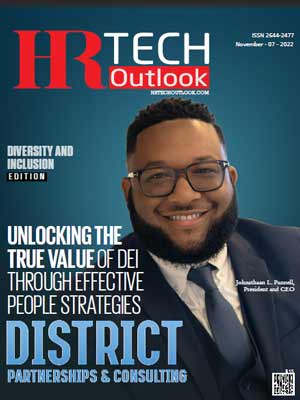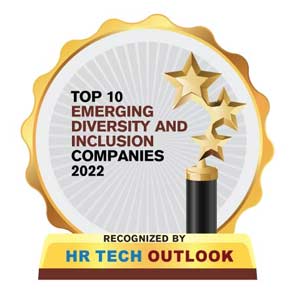The focus on diversity, equity, and inclusion (DEI) as an organizing principle of workplace culture, as well as a strategic business advantage, has made it a topic of discussion for organizational leaders even outside of the HR department.
Today’s employees expect organizations to have DEI-related policies and actively tackle inequity in the workplace culture through benefits, pay, health provisions, and other channels. These expectations are not limited to employees but other stakeholders, like regulators, investors, suppliers, customers, and the media, presuming companies recognize the urgency of advancing their DEI initiatives and strategies. Undoubtedly, companies are more attuned to the need for continued discourse, HR training, and education around DEI to ensure an inclusive and diverse workforce culture.
However, the definition of diversity today has expanded upon demographic traits, especially when it comes to gender. Gender expression and identity has become a much-talked-about subject in the past few years with the rising awareness about the challenges faced by employees who do not identify themselves with their sex assigned at birth.
Organizations across different sectors have started tackling these issues by providing gender-neutral restroom options and offering healthcare benefits inclusive of employees who are transitioning. There is also an increased awareness as well as active training and education on the language around the workforce in this regard.
As the movement to recognize and accept gender non-binary and transgender employees continues, companies focus on updating their DEI training programs along with fostering internal conversations around gender inclusivity. Businesses that get this right will benefit from promoting this social well-being, enhancing their reputations, and gaining an advantage in the growing war for talent.
While DEI is a crucial subject of boardroom agenda and unique organizational approaches to support inclusivity become critical differentiators, DEI conversations will also be part of everyday lives.
















